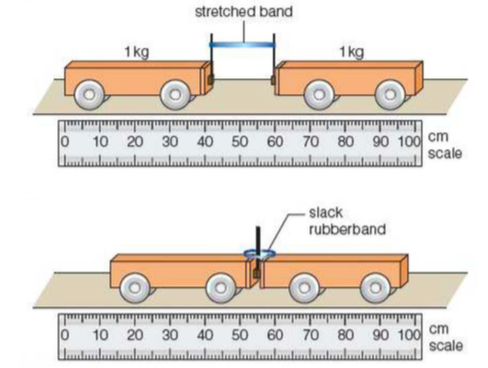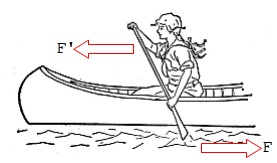
Sure, they looked pretty good, but my bench press wouldn’t go up. I toiled away in the gym with thousands of reps of chest flies and biceps curls during my first couple of years in the gym just like many of you did (well, maybe y’all are probably much smarter than me). Our triceps and lats drive us into the bench ( action) while the bar moves up to the lockout position ( reaction).

You will be hard-pressed to find a great bencher with a weak chest, and it’s downright impossible to find a great bencher with weak triceps. Larry Pacifico, who benched 530 pounds in 1972 at a bodyweight of 198, once said, “Your triceps are 75 percent of your bench.”Īnd where are the triceps located? That’s right, on the back of your body.

Spend more time and more sets building up these muscle groups if you want to squat more weight (or run faster or jump higher). That being said, it is the musculature behind us and underneath the weight that does most of the work: traps, lats, spinal erectors, hips, glutes, and hamstrings. Facing forward, we use gravity and the weight on our back to help us descend to the bottom of the squat, but we then call upon our squatting muscles to apply force to the ground ( action) as we straighten our back and knees to complete the movement ( reaction). So let’s apply Newton’s Third Law (of Gains) to why most of us are here: lifting more weight. Walking is a fundamental human movement that we learn to do as a small child and hope to be able to for the rest of our lives. RELATED: Physics 101 for Performance Enhancement That being said, the action of walking is actually a reaction to the muscles on the back of our bodies propelling us forward.

We look forward, our voices project forward, and we naturally walk forward. Let me explain.Īs humans, we primarily move in a forward plane. Seems pretty intuitive, right? Well, what Newton DIDN’T tell you is that he specifically wrote this law in anticipation of gym bros only training the muscles they see in the mirror. You’ve probably heard this before, maybe in your personal study or in your high school physics class. “For every action, there is an equal and opposite reaction.”


 0 kommentar(er)
0 kommentar(er)
